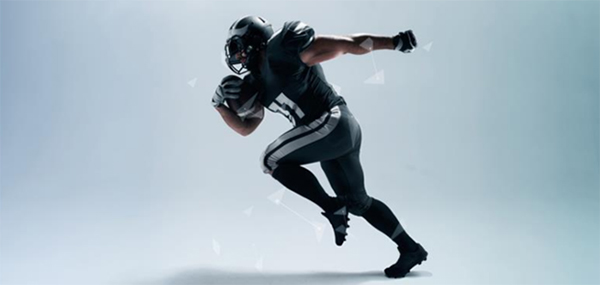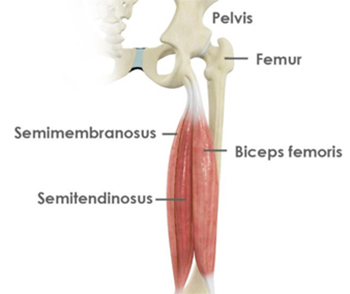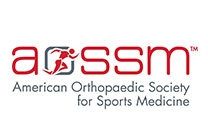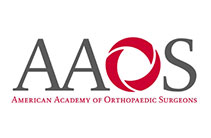
What is a Partial Hamstring Tendon Avulsion?
A partial hamstring tendon avulsion occurs when one of the hamstring tendons partially tears away from its attachment point at the pelvis, usually at the ischial tuberosity. Unlike a complete avulsion, where the tendon fully detaches, a partial avulsion involves only a portion of the tendon separating from the bone. This type of injury is often the result of a sudden, forceful movement and can cause significant pain and functional limitations.
Anatomy of the Hamstring Muscle

The hamstring muscle group consists of three muscles located at the back of the thigh:
- Biceps femoris
- Semitendinosus
- Semimembranosus
These muscles originate from the ischial tuberosity (the bony part of the pelvis) and insert below the knee. They work together to enable hip extension and knee flexion, making them essential for activities like walking, running, and jumping.
Causes of Partial Hamstring Tendon Avulsion
A partial hamstring tendon avulsion is usually caused by sudden, high-intensity movements that overstretch or overload the muscle-tendon unit. Common causes include:
- Sudden acceleration or deceleration, such as sprinting or jumping
- Improper warm-up before physical activity
- Overuse or repetitive strain in athletes
- Slips or falls that stretch the leg awkwardly
- Direct trauma to the back of the thigh or pelvis
What are the Symptoms of Partial Hamstring Tendon Avulsion?
Individuals with a partial hamstring avulsion often report a combination of the following symptoms:
- Sudden, sharp pain in the buttock or upper thigh
- Swelling or bruising in the back of the thigh
- Weakness or difficulty bending the knee or extending the hip
- Tenderness over the ischial tuberosity
- A “popping” sensation at the time of injury
How is Partial Hamstring Tendon Avulsion Diagnosed?
Diagnosis typically begins with a physical examination and patient history. Imaging studies are often needed to confirm the extent of the injury:
- MRI is the most effective tool for visualizing tendon damage and distinguishing between partial and complete avulsions.
- Ultrasound may be used to assess tendon integrity and guide treatment decisions.
What are the Treatment Options for Partial Hamstring Tendon Avulsion?
Treatment depends on the severity of the avulsion and the patient’s activity level:
- Rest, ice, and physical therapy for mild to moderate cases
- Anti-inflammatory medications to reduce pain and swelling
- Joint injections such as Platelet-rich plasma (PRP) injections to accelerate healing
- Surgical repair in severe or non-healing cases, particularly in athletes
Hamstring Muscle Injury Prevention
Preventing hamstring injuries, including partial tendon avulsions, involves a combination of conditioning, flexibility, and smart training habits. Here are several effective strategies:
- Warm Up Properly: Always begin workouts with a dynamic warm-up to increase blood flow and loosen muscles before engaging in intense activity.
- Strengthen the Hamstrings: Incorporate resistance exercises like deadlifts, Nordic hamstring curls, and bridges to build muscle strength and resilience.
- Improve Flexibility: Regular stretching—especially of the hamstrings, hip flexors, and lower back—helps maintain a full range of motion and reduces the risk of overstretching injuries.
- Balance Muscle Groups: Ensure your training program targets both the hamstrings and quadriceps. Muscle imbalances between the front and back of the thigh can increase injury risk.
- Use Proper Technique: Learn and practice correct form in running, jumping, and lifting activities to avoid placing excessive strain on the hamstrings.
- Gradual Progression: Avoid sudden increases in training intensity, frequency, or duration. Progressing gradually gives muscles time to adapt and strengthens tendons over time.
- Cross-Train: Mix up high-impact sports with low-impact activities like swimming or cycling to prevent overuse injuries.
Consistent attention to conditioning and training technique goes a long way in minimizing the chances of hamstring injuries—especially for athletes and physically active individuals.











